Did you know that 70% of major motorcycle repairs could have been prevented by regular maintenance? Motorcycle enthusiasts often think about speed, adventure, and freedom—but few realize how routine motorcycle maintenance can be the difference between a smooth, affordable ride and unexpected, wallet-draining repairs. In this guide, you’ll uncover how investing just a bit of time in regular motorcycle maintenance saves you money, reduces risk, and keeps your bike performing like new for every season ahead. Read on for practical advice, expert tips, and simple steps every rider can take to protect their investment—and their safety—mile after mile.
How Regular Motorcycle Maintenance Cuts Unexpected Costs
Investing in regular motorcycle maintenance isn’t just about keeping your bike in top condition; it’s about proactively cutting the chances of surprise breakdowns and expensive repairs. When motorcycle owners follow a consistent maintenance schedule, they can routinely catch small issues—like worn brake pads, low tire pressure, or oil leaks—before those problems snowball into large-scale failures. Ignoring these signs can lead to increased wear on the engine, drive chain, and crucial safety systems, which not only risks your motorcycle’s performance but also your wallet. Taking time every month or before each ride to inspect these areas is a practical way to avoid paying for costly emergency repairs or even roadside towing.
Think of regular motorcycle maintenance as a series of small, manageable investments that always cost less than major overhauls. For example, a simple oil change or air filter replacement only costs a fraction of the price of a new engine or transmission rebuild. Staying on top of tire pressure checks ensures your tires last longer and deliver the best fuel economy, minimizing extra fuel expenses and potential blowout risks. Each routine service—whether it’s checking coolant levels, cleaning the chain, or inspecting brake pads—directly impacts performance, safety, and your budget in the long run. The preventative approach means you ride every time with confidence, and with more money left for your next adventure.
For riders looking to take a more hands-on approach, exploring step-by-step DIY motorcycle maintenance tips can make routine care even more accessible and cost-effective. These practical guides help demystify essential tasks, empowering you to handle basic upkeep with confidence.
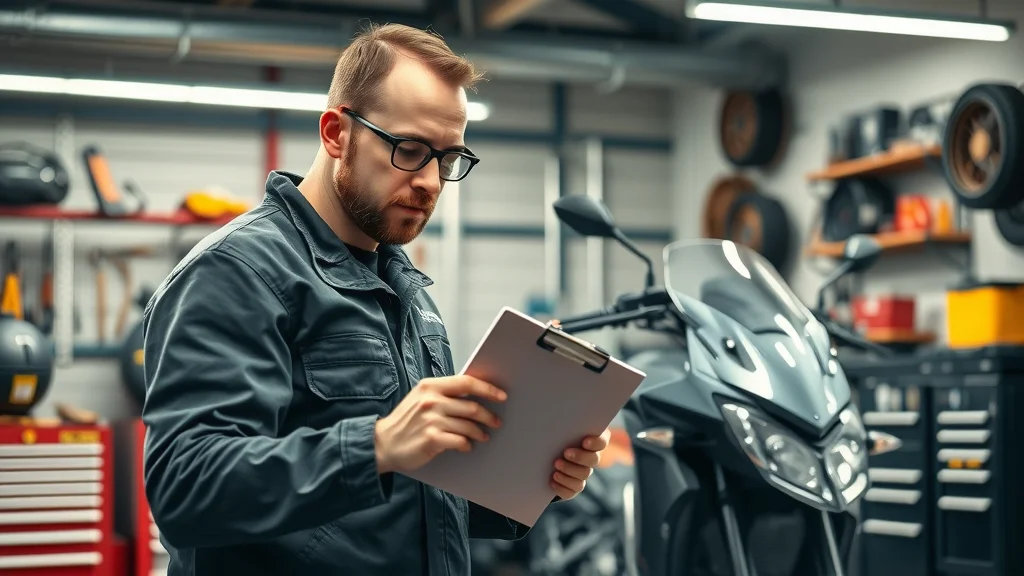
What You'll Learn From This Guide
- Key concepts of regular motorcycle maintenance
- How motorcycle maintenance saves you money in the long term
- A complete motorcycle maintenance checklist
- Easy basic motorcycle maintenance tips for beginners
- Answers to common questions about motorcycle care
Understanding the Essentials of Regular Motorcycle Maintenance
Staying on top of regular motorcycle maintenance is the foundation for long-term motorcycle safety, reliability, and cost savings. For every motorcycle owner, understanding these essentials means knowing what to check, when to service your bike, and how to identify signs of wear before they turn into costly issues. At its core, motorcycle maintenance revolves around a few key areas: the engine (including oil changes), the drive chain, the brake system, tires, air filter, and the cooling system. Each of these parts faces unique stress every time you hit the road, and a minor oversight can lead to performance drops or expensive repairs down the line.
Regular checks—like a quick service check before any big ride or a detailed monthly maintenance routine—ensure your bike runs smoothly, stays safe, and is always ready for the road. Having a dedicated motorcycle maintenance checklist helps track what needs attention, guiding you through the vital steps to extend your bike’s lifespan and maximize efficiency. For new riders, knowing where to start can feel daunting, but the basics—such as checking tire pressure, replacing worn brake pads, lubricating the chain, and monitoring coolant levels—are easy to learn and incredibly effective in preventing future headaches. Committing to these habits helps you catch issues early, ride safer, and enjoy every journey with confidence.
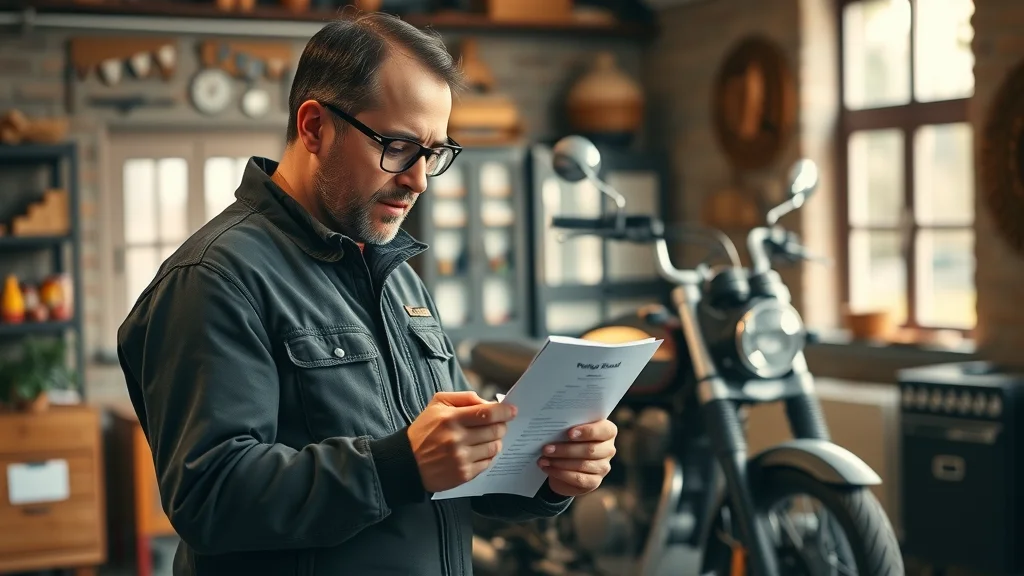
The Comprehensive Motorcycle Maintenance Checklist You Need
A motorcycle maintenance checklist is the backbone of a well-maintained bike. It helps you systematically perform each routine inspection so nothing slips through the cracks, keeping your motorcycle running smoothly and safely. Below is a table outlining the essential maintenance tasks, how frequently they should be performed, and how much money you can save by staying ahead of repairs instead of reacting to breakdowns. Adhering to this checklist ensures that minor fixes never become wallet-draining problems, and that every ride is as safe and enjoyable as possible.
| Task | Frequency | Estimated Cost Savings |
|---|---|---|
| Check & adjust tire pressure | Weekly / Before each ride | $200+ (prevents premature tire wear/blowouts) |
| Inspect and lubricate drive chain | Every 500 miles / Biweekly | $300+ (avoids chain/sprocket replacement) |
| Oil change & filter replacement | Every 3,000–5,000 miles / Every season | $1000+ (protects engine from damage) |
| Check brake pads and brake pad wear | Monthly / Before long trips | $400–$1000 (prevents rotor/caliper replacement) |
| Inspect air filter and cooling system | Every 6,000 miles / Annually | $500+ (prevents poor fuel economy/overheating repairs) |
| Visual inspections (fluids, lights, fasteners) | Every ride / Weekly | $100+ (catches leaks, electrical issues early) |
Basic Motorcycle Maintenance: The Unskippable Tasks
Basic motorcycle maintenance is your first line of defense for keeping your bike reliable, preventing breakdowns, and maximizing your investment. While it might be tempting to skip over routine checks, even small oversights like low tire pressure or an overdue oil change can reduce performance and cost you dearly down the road. Start by committing to a few non-negotiable tasks, each designed to help extend the life and safety of your motorcycle. Not only do these tasks prevent expensive repairs, but they also sharpen your sense of how your bike should look, sound, and feel—making it easier to spot issues when they arise.
- Visual inspections: Look for leaks, loose bolts, or worn parts before every ride. This helps catch issues before they escalate.
- Lubricating the chain: Keeping your drive chain oiled prolongs sprocket life and ensures smooth power delivery.
- Checking tire pressure: Proper tire inflation is crucial for safety and fuel efficiency. Incorrect pressure can lead to poor handling or early tire replacement.
- Inspecting brake pad and brake pads condition: Routine checks mean you never compromise on stopping power.
- Monitoring oil level and performing an oil change: Clean oil prevents engine wear and catastrophic failures.
- Examining air filter and cooling system: Clean filters and an optimal cooling system keep your engine running at peak efficiency.
Each of these basic motorcycle maintenance steps require minimal time and skill yet have an outsized impact on keeping your motorcycle ready for the road, every ride of the season.
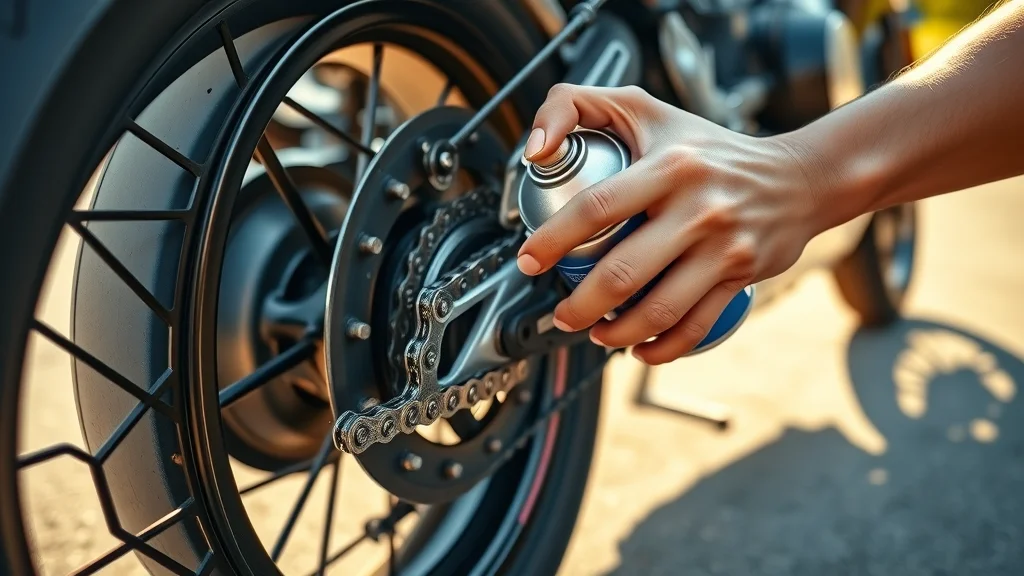
Quick-steps for regular motorcycle maintenance: Watch a visual walkthrough led by a competent mechanic demonstrating oil checks, tire pressure readings, chain lubrication, and basic inspections in a modern workshop. Focus is placed on practical steps so even beginners can follow along with confidence.
How Tire Pressure Impacts Your Budget and Safety
One of the simplest yet most vital tasks in regular motorcycle maintenance is keeping your tire pressure within manufacturer-recommended specs. Under-inflated or over-inflated tires don’t just make riding less comfortable—they have a direct impact on safety, fuel efficiency, and longevity of the tires themselves. With improper tire pressure, handling becomes unpredictable, braking distances increase, and the risk of blowouts or punctures grows—all of which can result in sudden, expensive repairs or accidents.
Financially, neglecting tire pressure means burning through tires faster, which can cost hundreds of dollars extra each year. It also leads to poor mileage, costing more at the pump. But with a small, regular investment in a good gauge and just minutes of your time before each ride, you’ll extend tire life and stay safe. Think of it as the lowest-cost way to stay safe and save money—two goals every motorcycle owner can get behind.
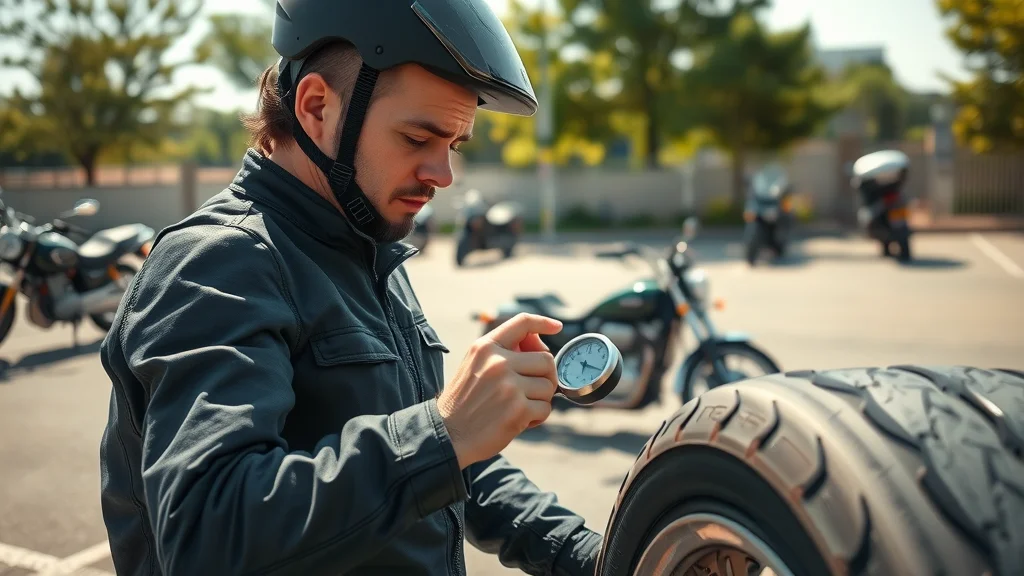
Why Oil Changes Are Critical in Motorcycle Maintenance
Your motorcycle’s engine is the beating heart of your ride, and one of the easiest ways to protect it is with timely oil changes. Dirty or old oil can’t lubricate crucial engine parts effectively, leading to accelerated wear and eventually catastrophic engine failure. Sticking to a routine oil change schedule, as outlined in your maintenance checklist, is one of the surest ways to prevent expensive repairs that could sideline your bike and eat into your savings.
Routine oil changes reduce friction, manage heat, and remove contaminants before they harm internal engine parts. The cost of a timely oil change is negligible compared to the price of an engine rebuild—potentially saving you thousands over your bike’s lifetime. If you’re unsure when to change your oil, a good rule of thumb is every 3,000–5,000 miles or at the start of each season. Prioritizing this simple step helps ensure your bike is always ready for the road and running smoothly, every time you ride.
The Role of Air Filter and Cooling System Care
The air filter and cooling system are sometimes overlooked in motorcycle maintenance but are absolutely essential to engine health and efficiency. A clean air filter ensures your engine breathes easy, prevents contaminants from causing internal damage, and optimizes fuel efficiency. Over time, a clogged air filter can reduce performance, drop your MPG, and let harmful dirt into the combustion chamber—eventually requiring costly repairs.
Equally important is the cooling system, which keeps engine temperature within safe limits. Monitoring coolant level and coolant quality prevents overheating—a risk that can warp engine parts or blow head gaskets. The cost of topping off or refreshing coolant is far less than repairing an overheated engine. Both checks only take a few minutes and should be part of every motorcycle maintenance checklist, especially before long rides or hot weather conditions. Staying on top of these basics keeps your engine running efficiently and avoids expensive downtime.
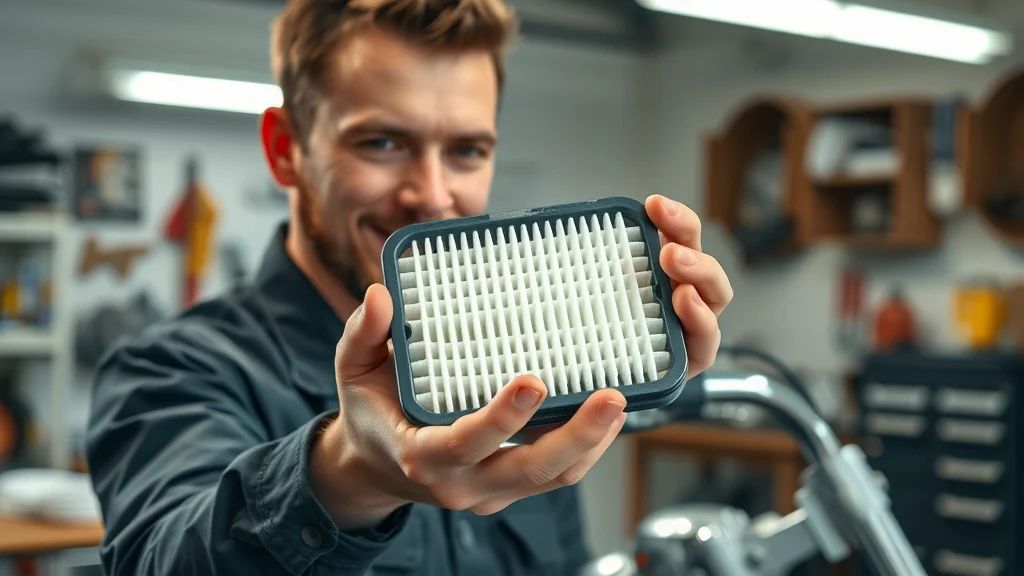
How Proper Brake Pad Maintenance Saves You From Major Repairs
Brake pad and brake pads serve as your motorcycle’s frontline defense for safe stopping power, making their maintenance—and timely replacement—critical. Worn pads not only reduce your ability to stop quickly, risking your safety, but they also begin to damage the discs and calipers if neglected. Keeping pads in good condition prevents more expensive damage to the braking system, turning a simple pad replacement into a major repair if left unattended.
Routine inspection of your brake pads—looking for uneven wear, low material, or grinding noises—can help you spot issues long before they threaten your safety or your budget. Most riders can quickly learn to visually spot pads that are due for replacement. Replacing brake pads is far less expensive than paying for new discs or calipers, and keeps your bike’s stopping power at its best. It’s a perfect example of how regular motorcycle maintenance is your cheapest insurance for every ride and every season.
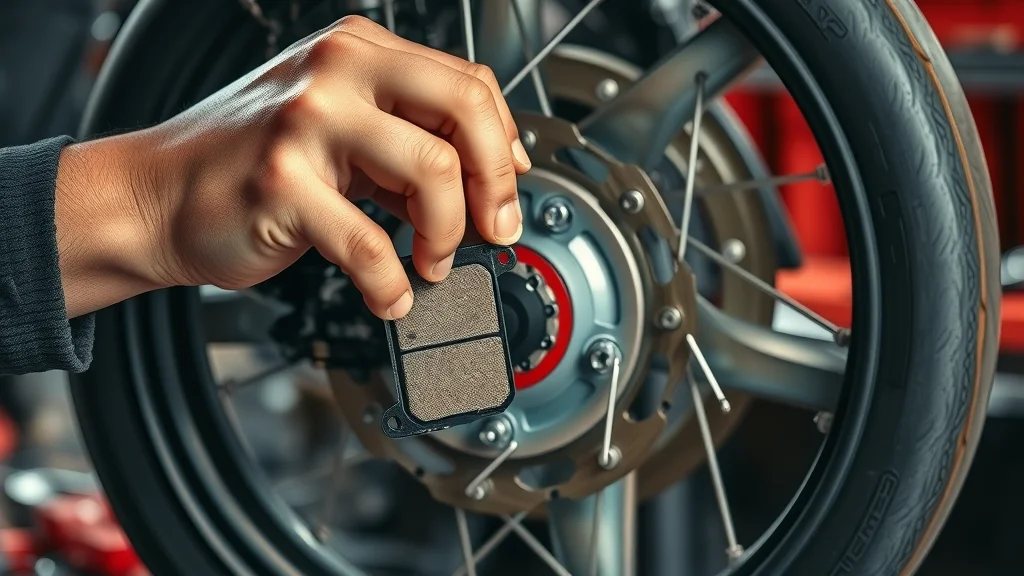
This video highlights common maintenance mistakes—like skipping oil changes, ignoring chain lubrication, or neglecting tire pressure—and shows how they quickly escalate into expensive repairs. Learn from the experts and avoid the most costly pitfalls in motorcycle maintenance.
Quotes from Experienced Riders on Regular Motorcycle Maintenance
“Regular motorcycle maintenance has saved me thousands over the years – it’s always less expensive than major repairs.” – Alex R., 20-year rider.
Frequently Asked Questions on Regular Motorcycle Maintenance
People Also Ask: What is basic maintenance on a motorcycle?
Basic maintenance on a motorcycle includes regular visual inspections, checking tire pressure, changing the oil, lubricating the drive chain, monitoring brake pad wear, and ensuring the air filter and cooling system are working properly. These steps, when performed regularly, help keep your bike running smoothly, improve safety, and prevent expensive issues before they arise. Doing these routine checks is the easiest place to start for anyone new to motorcycle care.
People Also Ask: What is the 2 4 12 second rule on a motorcycle?
The 2 4 12 second rule refers to safe following distances and awareness times while riding a motorcycle. You should stay at least 2 seconds behind the vehicle in front for reaction time, scan 4 seconds ahead for hazards, and look 12 seconds down the road to plan your next move. Applying this rule helps you stay safe, anticipate problems, and avoid accidents, making motorcycle safety a core part of every ride.
People Also Ask: What is rule number 5 for motorcycles?
Rule number 5 often means always expect the unexpected—stay alert, assume other drivers may not see you, and ride defensively. By following this rule and committing to regular motorcycle maintenance, you not only protect yourself but also keep your bike in optimal shape. It combines safety habits with maintenance discipline for the best possible riding experience.
People Also Ask: What does a full service on a motorcycle consist of?
A full service on a motorcycle goes beyond basic maintenance, covering a thorough inspection and replacement of essential fluids, spark plugs, chain adjustment, air filter replacement, brake pad checks, tire inspection, coolant level check, and more. Service checks may include adjustments to suspension, alignment, and a check of all electrical systems. This comprehensive approach ensures your bike is running smoothly and is ready for the road at all times.
- How regular motorcycle maintenance compares to emergency repairs: Preventative care is always less expensive and more convenient than dealing with sudden breakdowns or costly replacement parts.
- Most neglected items on a motorcycle maintenance checklist: Riders often forget to check air filters, coolant levels, and brake pad wear—parts that are vital for long-term bike health and rider safety.
- How much you can save annually with consistent maintenance: Most riders can save hundreds to thousands of dollars each year by sticking to a simple regular maintenance routine instead of only reacting when things go wrong.
Key Takeaways: The Economic Wisdom of Regular Motorcycle Maintenance
- Regular motorcycle maintenance prevents expensive problems and breakdowns.
- A motorcycle maintenance checklist helps you prioritize essential tasks.
- Small, regular steps—like checking tire pressure and oil changes—extend your bike’s lifespan and improve safety.
- Following basic motorcycle maintenance saves you money every season.
If you’re ready to take your maintenance routine to the next level, consider exploring broader strategies that keep your entire bike running at its best. Our comprehensive guide on motorcycle engine maintenance for longer bike life dives deeper into advanced care techniques and long-term habits that protect your investment. By expanding your knowledge beyond the basics, you’ll not only save more money but also enjoy a smoother, more reliable ride for years to come. Discover how a proactive approach to engine care can transform your riding experience and help you get the most out of every mile.
Ready for Savings?
Start your regular motorcycle maintenance schedule today and see lasting benefits every time you ride—call Nasty Performance Motorcycle Shop today: 847-458-4858.
 Add Row
Add Row  Add
Add 


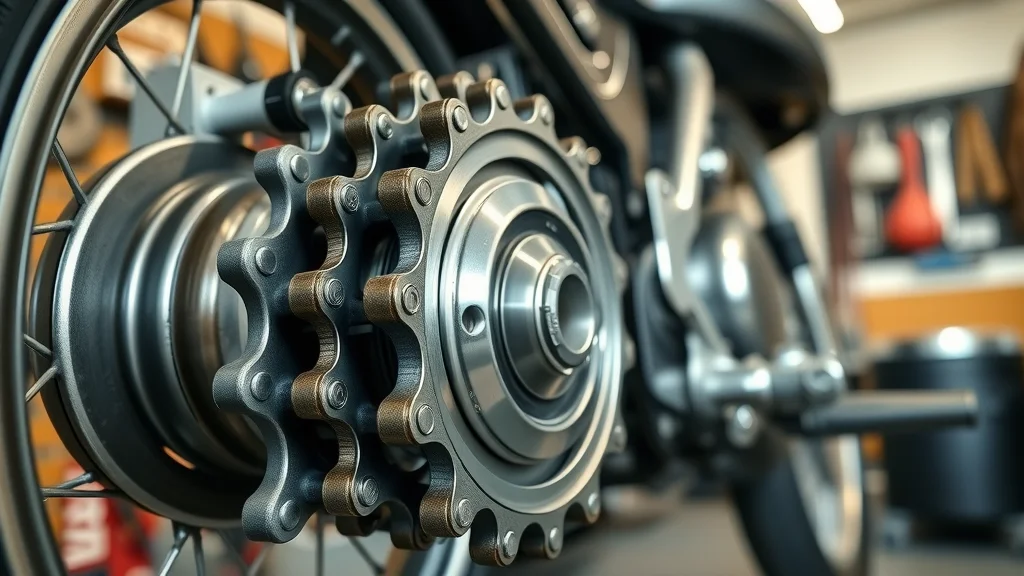
Write A Comment